In the dense, verdant rainforests of Peru and the Philippines, a remarkable arachnid has evolved one of nature’s most sophisticated defense mechanisms. The decoy-building spider (genus Cyclosa) constructs intricate replicas of itself using forest debris, silk, and the remains of its prey. These fascinating creatures challenge our understanding of animal intelligence and evolutionary adaptations. While many animals use camouflage or mimicry for protection, few create physical decoys of themselves—essentially crafting “spider dummies” to confuse potential predators. This ingenious survival tactic represents one of the most fascinating examples of defensive behavior in the animal kingdom, blurring the line between instinct and what we might consider primitive artistic creation.
The Discovery of Nature’s Deceptive Artist

The decoy-building behavior of Cyclosa spiders first captured scientific attention in 2012 when researchers from the University of Canterbury in New Zealand observed these arachnids in the Peruvian Amazon. Led by biologist Phil Torres, the team initially mistook the decoys for actual spiders, which is precisely the reaction these constructions are designed to elicit from predators. Their formal documentation of this behavior sent ripples through the scientific community, as it represented an unprecedented level of sophisticated deception in arachnids. The discovery challenged previous assumptions about the cognitive capabilities of spiders and opened new avenues for research into invertebrate intelligence and evolutionary adaptations. Since then, similar behaviors have been documented in related species throughout Southeast Asia, suggesting this remarkable adaptation may be more widespread than initially believed.
Meet the Master of Deception: Cyclosa Spider
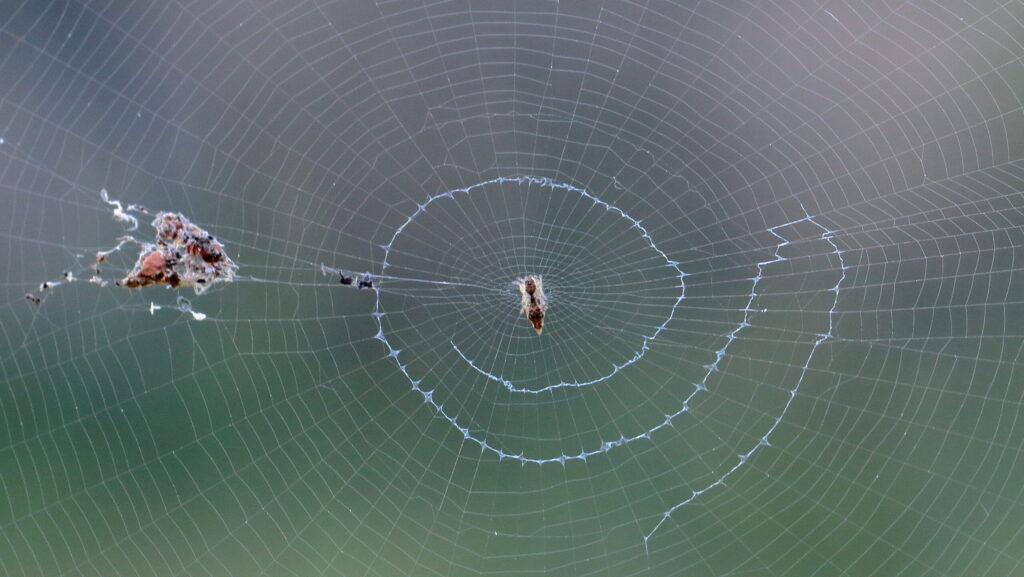
Cyclosa spiders belong to the orb-weaver family Araneidae, a diverse group known for their intricate, wheel-shaped webs. These small arachnids typically measure just 5-9mm in length, with females being slightly larger than males—a common trait among spiders. Their bodies feature mottled patterns of brown, gray, and white, allowing them to blend seamlessly with their forest surroundings. What truly distinguishes Cyclosa from other orb-weavers is not their appearance but their remarkable behavioral adaptations, particularly their engineering prowess. These spiders possess specialized silk glands that produce various types of silk with different properties, enabling them to construct both functional webs and convincing decoys. Their relatively small size makes them vulnerable to predation, which likely drove the evolutionary development of their decoy-building behavior as a survival mechanism.
The Art of Building Spider Decoys

The decoy construction process demonstrates remarkable complexity for such a small creature. The spider begins by creating a debris line in its web, collecting materials such as dead leaves, twigs, prey remains, egg sacs, and even its own molted exoskeletons. With meticulous precision, it arranges these materials to form a three-dimensional structure that resembles a spider’s body, complete with what appear to be legs extending outward. The decoy is strategically positioned at the center of the web, where the spider itself would typically rest. Perhaps most impressively, different Cyclosa species create decoys of varying complexity, with some crafting crude ball-shaped structures and others fashioning startlingly accurate spider replicas. The entire construction process can take several hours to complete, representing a significant investment of time and energy that underscores the evolutionary importance of this defensive strategy.
Why Build Decoys? Understanding the Evolutionary Advantage
The decoy-building behavior provides several critical survival advantages that explain why this complex trait evolved. First and foremost, the decoys serve as targets that draw predator attacks away from the actual spider. When birds, wasps, or larger spiders—the main predators of Cyclosa—spot what appears to be a spider in the web, they direct their attack toward the decoy rather than the real arachnid. Additionally, the decoys can function as a form of intimidation against smaller predators, as they often appear larger than the spiders themselves, potentially deterring attacks altogether. Research suggests that spiders with decoys suffer significantly fewer predation events than those without such protection. From an evolutionary perspective, this behavior represents a fascinating example of how natural selection can favor complex behavioral traits that increase survival rates, even in organisms with relatively simple nervous systems.
Decoy Sophistication: Not All Dummies Are Created Equal
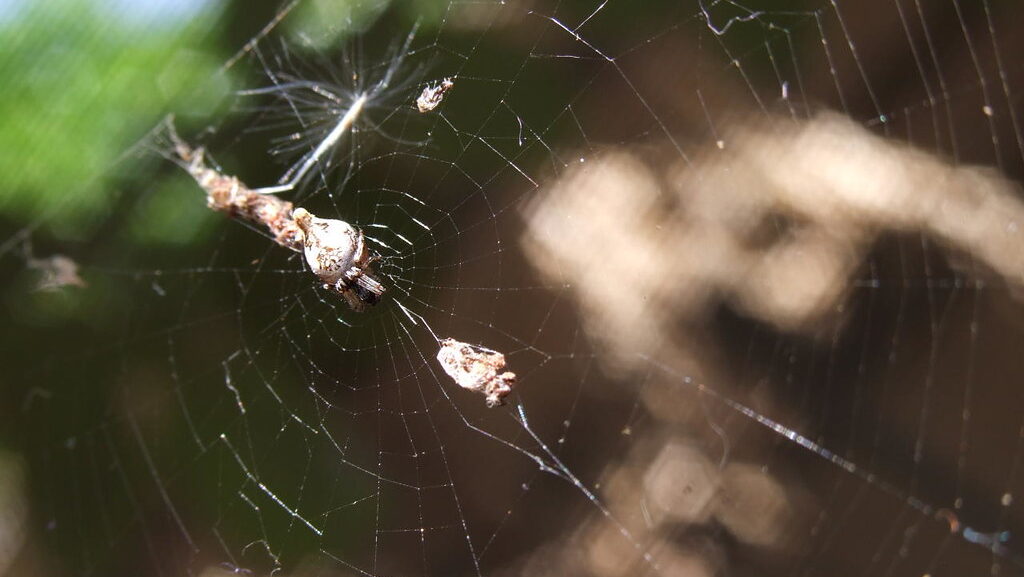
The sophistication of decoys varies considerably among different Cyclosa species, revealing an evolutionary spectrum of this remarkable behavior. The most basic decoys consist of simple clumps of debris arranged in a roughly spider-shaped form, while the most advanced replicas feature distinct body regions and leg-like extensions that closely mimic the appearance of a real spider. Scientists have observed that the degree of decoy complexity often correlates with predation pressure in the spider’s habitat—species facing more numerous or specialized predators tend to construct more elaborate decoys. Interestingly, individual spiders can adjust their decoy construction based on recent experiences, creating more detailed dummies after encountering predators. This behavioral plasticity suggests a level of environmental responsiveness previously underappreciated in arachnids and raises fascinating questions about the cognitive capabilities of these small invertebrates.
The Hidden Spider: Where Does the Real Arachnid Hide?
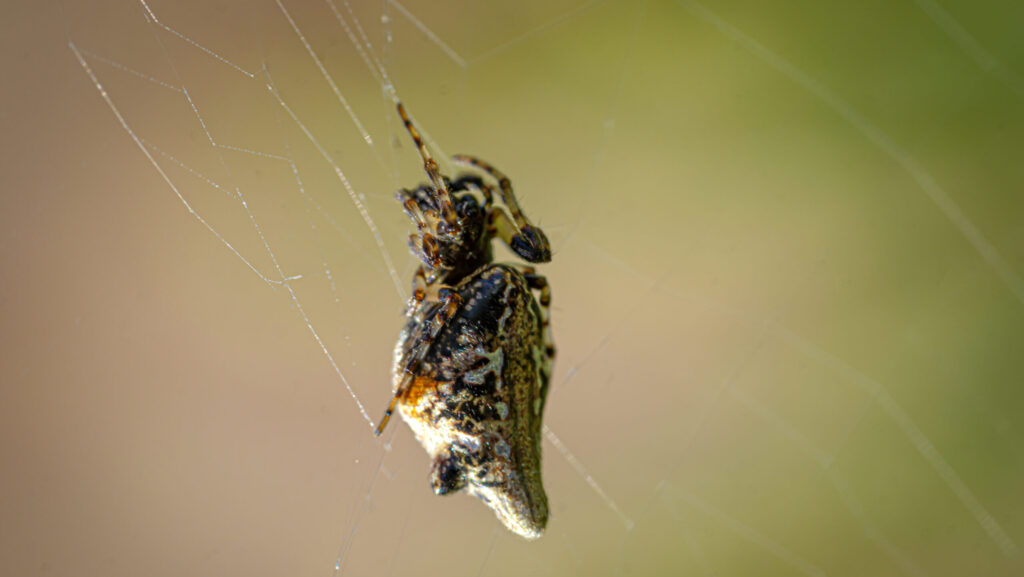
While the decoy occupies the central, visible position in the web, the actual spider typically positions itself nearby in a far less conspicuous manner. Most commonly, the spider hides directly behind or beside its decoy, aligning its legs with the “legs” of the fake spider to enhance the deception. This positioning allows the spider to monitor its web for prey while remaining protected by its doppelgänger. During periods of low activity, some Cyclosa species will press themselves against the web’s silk strands, further reducing their visibility through posture and natural camouflage. When disturbed, rather than fleeing immediately, these spiders often remain motionless to maintain the deception—movement would draw attention away from the decoy and toward the real spider. This strategic immobility represents yet another layer of sophisticated defensive behavior that complements the decoy construction.
Scientific Studies Confirming the Decoy’s Effectiveness

Controlled experiments have validated the remarkable effectiveness of these spider-built decoys. In one study conducted by researchers at the National University of Singapore, webs with decoys were subjected to simulated predator attacks alongside webs where the decoys had been experimentally removed. The results were striking—webs with intact decoys received significantly more attacks directed at the fake spider rather than the real one, with predators being fooled approximately 60% of the time. Further research using high-speed cameras revealed that when attacks did occur, the decoys absorbed the initial strike, giving the real spider crucial milliseconds to escape. Biochemical analysis of the silk used in decoy construction has shown that it contains different protein compositions compared to the structural web silk, suggesting these spiders have evolved specialized materials for their deceptive structures. These scientific findings collectively confirm that decoy building represents a highly effective adaptive strategy that significantly enhances spider survival.
Beyond Decoys: Other Remarkable Cyclosa Behaviors
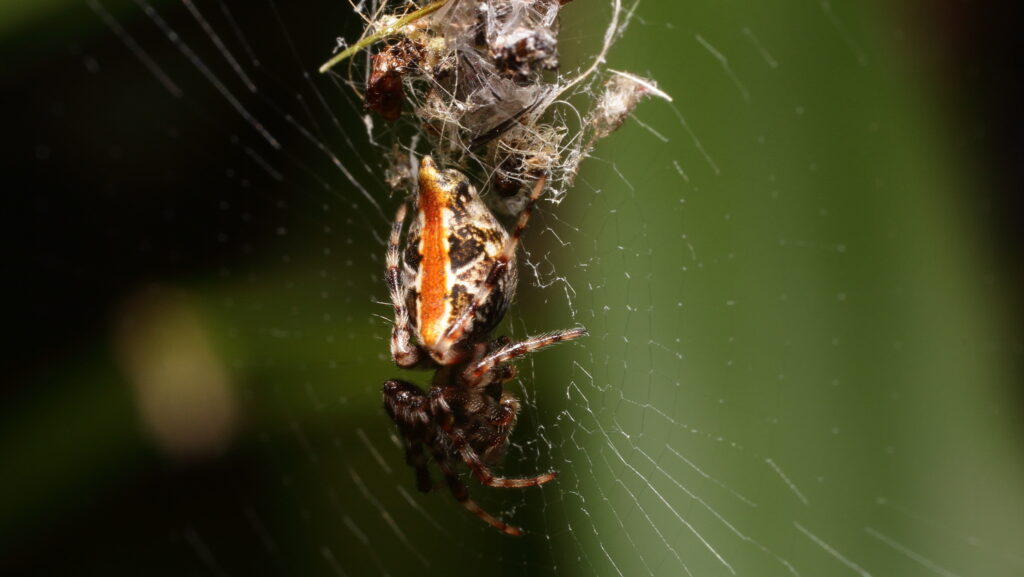
While their decoy-building behavior has garnered the most scientific attention, Cyclosa spiders exhibit other fascinating adaptations worth noting. Many species engage in web-shaking behavior when disturbed, vibrating their entire web structure at high frequencies to blur their outline and make themselves harder to target by predators. Some Cyclosa species have evolved specialized coloration that allows them to mimic bird droppings when they curl up, providing an alternative form of disguise when away from their webs. Their hunting strategy is equally sophisticated, involving specialized silk strands with unique adhesive properties that more effectively capture flying insects than standard web silk. Female Cyclosa demonstrate remarkable maternal care, guarding their egg sacs vigilantly and even constructing specialized protective structures around them that resemble their body decoys. Collectively, these behaviors paint a picture of an evolutionary highly successful genus that has developed multiple layers of adaptive strategies.
Similar Deceptive Strategies in Other Animals
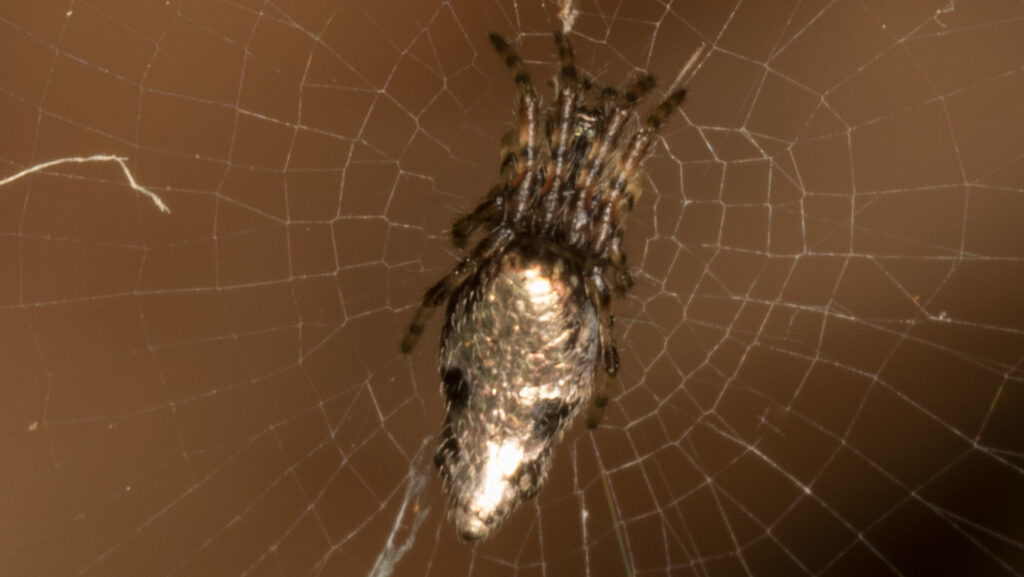
While Cyclosa’s decoy construction represents one of the most sophisticated examples of deception in invertebrates, similar strategies exist across the animal kingdom. The trickery employed by cuttlefish, which can instantaneously change their skin color and texture to mimic various objects in their environment, serves a similar defensive purpose. Certain species of mantis create elaborate displays that make them resemble flowers, luring unsuspecting pollinators to their death. Among vertebrates, killdeer birds perform a “broken wing display,” pretending to be injured to draw predators away from their nests. What distinguishes Cyclosa’s behavior from many of these examples is that it involves the actual construction of a separate physical object rather than bodily mimicry. This external creation of a decoy represents a rare example of tool use for defensive purposes among invertebrates, placing these small spiders in a surprisingly elite category of animal engineers.
Regional Variations in Decoy Construction
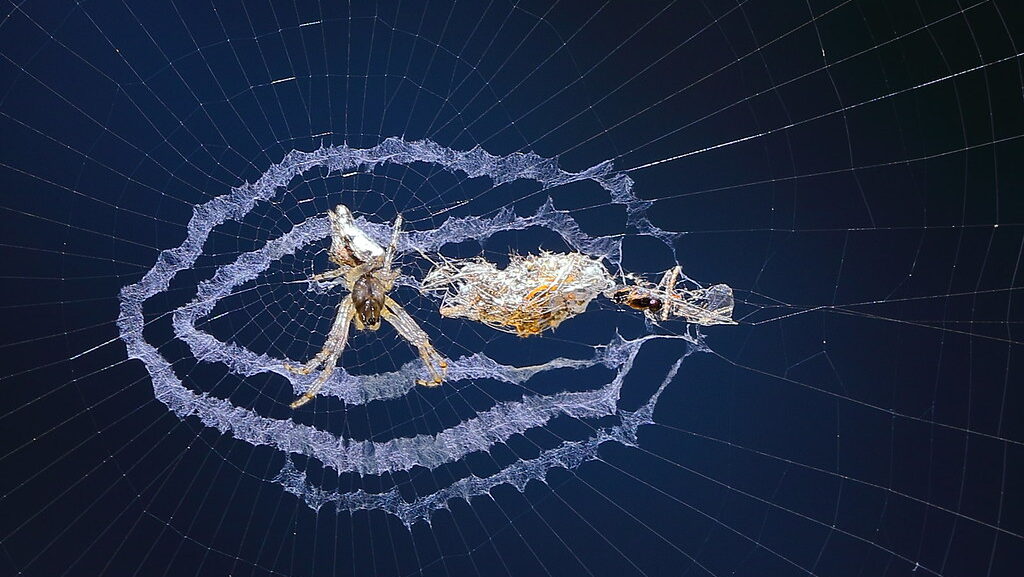
Fascinating regional differences in decoy-building behavior have been documented across the geographic range of Cyclosa spiders. Philippine species tend to create larger, more elaborate decoys with distinct leg structures, while their Peruvian counterparts often construct more compact but densely detailed replicas. In parts of Southeast Asia, researchers have observed Cyclosa spiders incorporating colorful flower petals into their decoys, potentially enhancing visual deception against the particular predators in that region. Japanese Cyclosa species frequently incorporate their own molted exoskeletons into their constructions, creating decoys with authentic spider material that may emit chemical cues similar to those of living spiders. These regional variations likely reflect different evolutionary pressures and available materials across diverse habitats, demonstrating how this remarkable behavior has been refined through natural selection to address specific local challenges. The geographic diversity in decoy construction provides scientists with natural experiments for understanding how defensive adaptations evolve under different ecological conditions.
Threats to Decoy-Building Spider Populations
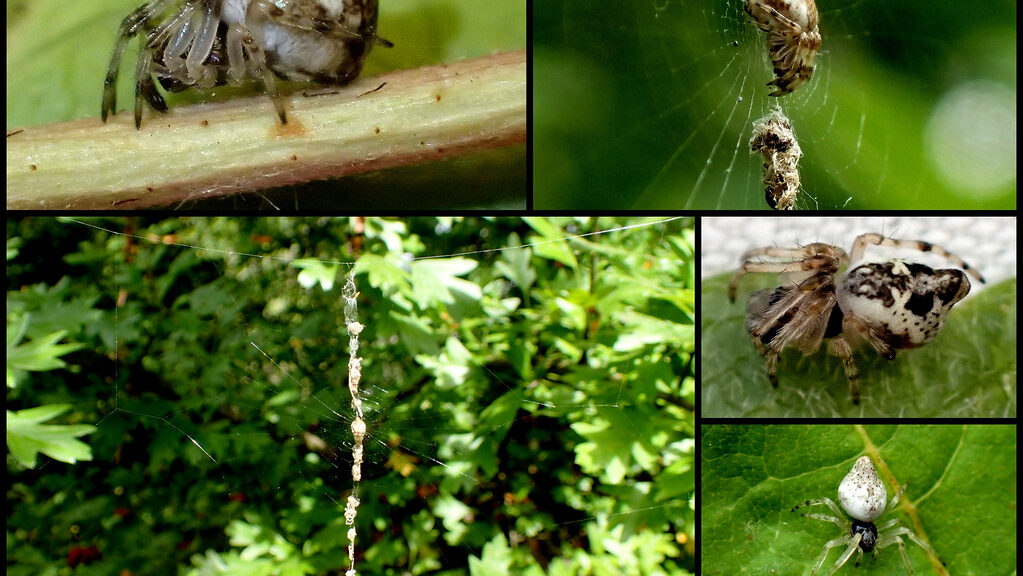
Despite their remarkable adaptations, decoy-building Cyclosa spiders face numerous threats in their native habitats. Deforestation in the Amazon basin and across Southeast Asia has dramatically reduced suitable habitat for these specialized arachnids, fragmenting populations and potentially limiting genetic diversity. Climate change poses additional challenges, as the delicate moisture balance required for proper web construction and maintenance is disrupted by increasingly extreme weather patterns. The introduction of invasive species, particularly non-native birds and wasps that may not be fooled by the decoys, creates new predation pressures for which these spiders have no evolutionary preparation. Additionally, pesticide use in agricultural areas adjacent to forests can drift into spider habitats, affecting both the spiders themselves and the insect populations they depend on for food. Conservation efforts specifically targeting these remarkable spiders remain limited, though they benefit from broader rainforest protection initiatives in their native ranges.
The Future of Decoy Spider Research

The discovery of decoy-building behavior has opened exciting new avenues for scientific research. Ongoing studies are utilizing advanced imaging techniques to analyze the three-dimensional structure of decoys, seeking to understand exactly how they fool predator visual systems. Neurobiologists are investigating the cognitive mechanisms that allow these small-brained creatures to create such sophisticated structures, potentially revealing new insights about the minimum neural requirements for complex behaviors. Evolutionary biologists are conducting genetic analyses across different Cyclosa species to trace the development of decoy-building behavior and identify the genes responsible for this remarkable adaptation. Perhaps most intriguingly, biomimicry researchers are studying these spiders for potential applications in fields ranging from military defense systems to architectural design. As new technologies enable more detailed observation of these elusive creatures in their natural habitats, our understanding of their remarkable deceptive abilities continues to expand, challenging our preconceptions about the cognitive and creative capacities of invertebrates.
In conclusion, the decoy-building spider represents one of nature’s most fascinating examples of evolutionary ingenuity. Through the construction of elaborate self-replicas, these small arachnids have developed a sophisticated defense mechanism that significantly enhances their survival prospects in predator-rich environments. This behavior challenges our understanding of invertebrate capabilities and blurs the line between instinctive behavior and what might be considered primitive creativity or tool use. As rainforest habitats face increasing threats from human activity and climate change, these remarkable spiders serve as ambassadors for the countless undiscovered adaptations that may be lost before they’re even documented. The study of Cyclosa spiders reminds us that nature’s most impressive innovations often come in the smallest packages, and that the natural world still holds countless mysteries waiting to be unraveled by curious scientific minds.
